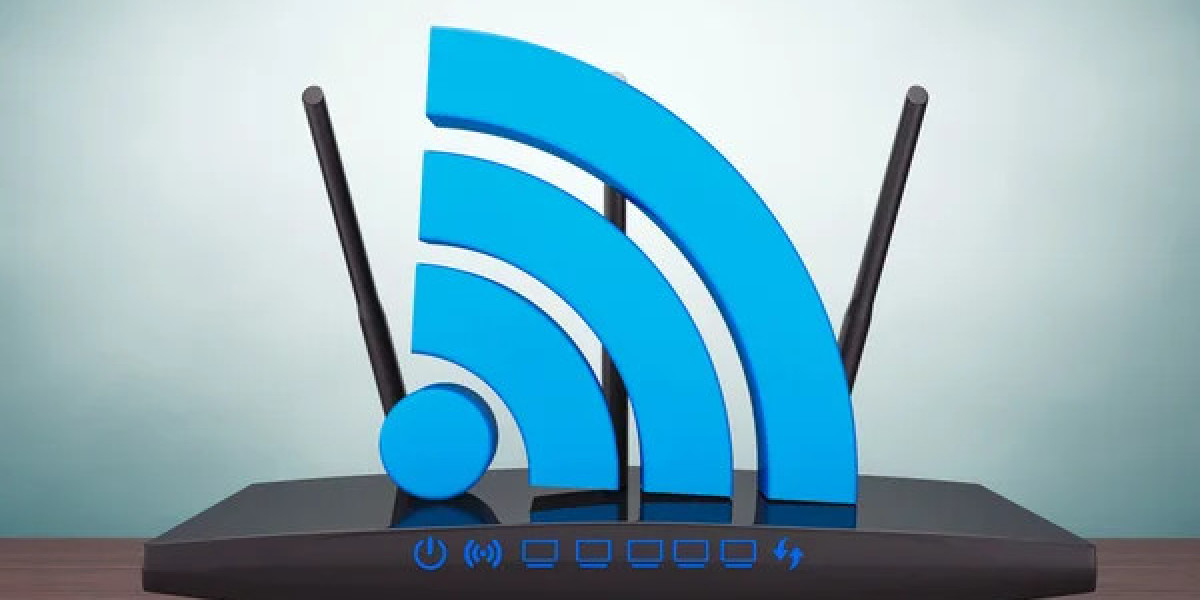Introduction
In the realm of computer networking, understanding the differences between Layer 2 vs Layer 3 is crucial for setting up and maintaining efficient network systems. This blog delves into the distinctions, functionalities, and applications of these two fundamental layers of the OSI model.
What is Layer 2?
Layer 2, also known as the Data Link Layer, is responsible for node-to-node data transfer and error detection and correction. This layer ensures that data packets are transferred from one node to another over a physical network link.
Key Functions of Layer 2
- MAC Addressing: Uses Media Access Control (MAC) addresses to identify devices.
- Frame Traffic Control: Manages how data frames are placed on the physical medium.
- Error Detection and Correction: Identifies and corrects errors that may occur during data transmission.
What is Layer 3?
Layer 3, or the Network Layer, is responsible for packet forwarding including routing through different routers. This layer handles logical addressing and determines the best path for data transfer across complex networks.
Key Functions of Layer 3
- IP Addressing: Uses Internet Protocol (IP) addresses to identify the source and destination of data packets.
- Routing: Determines the optimal path for data transfer across multiple networks.
- Packet Forwarding: Forwards data packets from one network to another based on IP addresses.
Layer 2 vs Layer 3: Key Differences
Understanding the differences between Layer 2 vs Layer 3 is essential for network administrators. Here are some key distinctions:
Addressing
- Layer 2: Utilizes MAC addresses.
- Layer 3: Utilizes IP addresses.
Data Units
- Layer 2: Data is encapsulated in frames.
- Layer 3: Data is encapsulated in packets.
Devices
- Layer 2: Switches and bridges operate at this layer.
- Layer 3: Routers operate at this layer.
Layer 2 vs Layer 3 Switch
When comparing layer 2 vs layer 3 switch, it's important to understand their specific roles and benefits.
Layer 2 Switch
- Primarily used for local network (LAN) environments.
- Handles traffic within the same network segment.
- Cost-effective and simpler to configure.
Layer 3 Switch
- Combines features of both switches and routers.
- Capable of inter-VLAN routing and managing traffic between different network segments.
- Ideal for larger, more complex networks.
Applications of Layer 2 and Layer 3
Both Layer 2 and Layer 3 have distinct applications in networking environments.
Layer 2 Applications
- Used in LAN environments for efficient traffic management.
- Ideal for environments with limited network segments.
Layer 3 Applications
- Used in WAN environments and for larger, more complex networks.
- Ideal for environments requiring advanced routing and traffic management.
Benefits of Layer 2
- Efficiency: Lower latency and faster data transfer within a LAN.
- Cost-Effectiveness: Cheaper to implement and maintain.
Benefits of Layer 3
- Scalability: Better suited for larger networks.
- Advanced Routing: Supports dynamic routing protocols and inter-VLAN communication.
Choosing Between Layer 2 and Layer 3
Deciding between Layer 2 vs Layer 3 depends on the specific needs and scale of your network.
Considerations
- Network Size: Layer 2 is suitable for smaller, simpler networks; Layer 3 is ideal for larger, more complex environments.
- Traffic Management: Layer 3 offers advanced routing capabilities, making it better for managing traffic across multiple network segments.
Conclusion
Understanding the differences between Layer 2 vs Layer 3 is fundamental for effective network design and management. By evaluating your network's specific needs and scale, you can choose the appropriate layer and switch type to optimize performance and efficiency.
FAQs
1. What is the main difference between Layer 2 and Layer 3?
The primary difference lies in the addressing method: Layer 2 uses MAC addresses, while Layer 3 uses IP addresses.
2. Can a Layer 3 switch perform the same functions as a Layer 2 switch?
Yes, a Layer 3 switch can perform all the functions of a Layer 2 switch while also offering routing capabilities.
3. When should I use a Layer 3 switch?
A Layer 3 switch is ideal for larger networks that require advanced routing and traffic management.


